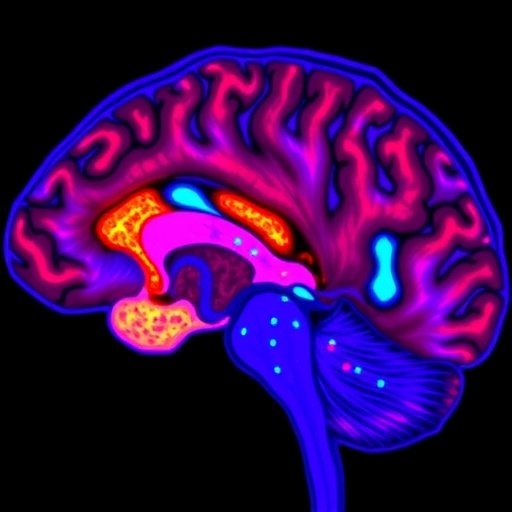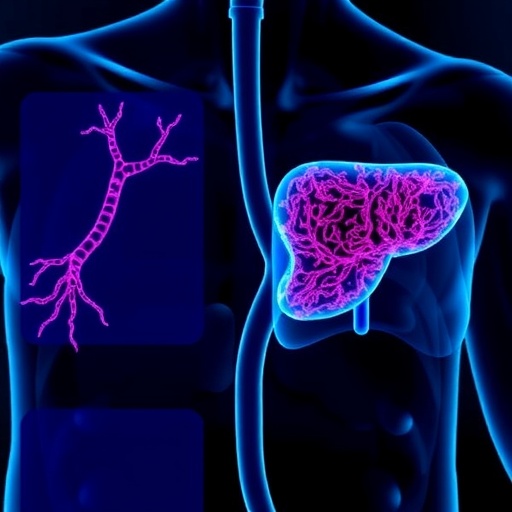
In a groundbreaking study poised to redefine therapeutic approaches against glioblastoma, researchers have unveiled a complex molecular interplay between Sortilin (SORT1) and the epidermal growth factor receptor (EGFR) that drives vasculogenic mimicry (VM) within these aggressive brain tumors. This intricate crosstalk not only orchestrates the formation of vessel-like structures independent of endothelial cells but also regulates the transcriptional networks governing cancer stemness and multidrug resistance, presenting a dual-faceted target for future interventions.
Glioblastoma multiforme (GBM) remains one of the deadliest and most treatment-resistant forms of brain cancer. Its notorious ability to evade conventional therapies stems partly from vasculogenic mimicry, a phenomenon where cancer cells themselves form perfusable channels that mimic blood vessels, thereby sustaining tumor growth and facilitating metastasis. Underlying this ominous behavior is the pivotal role of EGFR, a receptor tyrosine kinase frequently amplified and mutated in GBM, renowned for its contribution to tumor proliferation and survival signaling.
Emerging evidence now spotlights SORT1, a type I membrane glycoprotein known for its receptor sorting functions, as an instrumental regulator of EGFR trafficking within tumor cells. By delving into the molecular symphony of GBM cell lines, the study elucidates how the EGFR/SORT1 axis governs not only cell migration and VM formation but intricately modulates the expression of markers associated with cancer stem cells (CSC) and chemoresistance.
.adsslot_oZ0XRzAFHy{width:728px !important;height:90px !important;}
@media(max-width:1199px){ .adsslot_oZ0XRzAFHy{width:468px !important;height:60px !important;}
}
@media(max-width:767px){ .adsslot_oZ0XRzAFHy{width:320px !important;height:50px !important;}
}
ADVERTISEMENT
The investigators employed a combination of in silico transcriptomic analyses and experimental validation using human GBM-derived cell models, including U87
Tags: cancer stemness in glioblastomadrug resistance in glioblastomadual-target approaches in cancer therapyglioblastoma multiforme resistance mechanismsinnovative glioblastoma treatment strategiesmolecular pathways in brain cancerreceptor tyrosine kinase in glioblastomaSORT1 and EGFR interactionSORT1 role in EGFR traffickingtherapeutic interventions for glioblastomatumor microenvironment and vasculaturevasculogenic mimicry in brain tumors





